Submitted Review
‘His art and his life are imbued with a mystical philosophy, a profound quest for making sense of our world.’
The.LongBoard: Sasha Grishin 'Jock Clutterbuck at Gippsland Art Gallery'
Jock Clutterbuck, ‘Wisdom Journey: Prints and sculpture 1967-72’.
Clutterbuck as a printmaker and sculptor enjoys a national and international reputation. While still a student in Melbourne in the 1960s, his talent was recognised, he exhibited widely, received critical acclaim, was awarded various art prizes and found a broad receptive audience for his work. By 1968 he was invited to teach at the Royal Melbourne Institute of Technology, where he remained there for five years, before taking up a teaching post at the Victorian College of the Arts that he retained for more than quarter of a century. In 2000, when he retired from teaching to turn to full-time studio practice, he was represented in many national and international public art collections and was recognised through a string of public sculpture commissions.
In his illustrious career, the five years between 1967 and 1972 were pivotal for his development as an artist. On completing his Diploma Course at RMIT, in 1967 Clutterbuck commenced a stint of teaching art in high schools, initially at the Warragul High School, in Gippsland. It was also at about this time, through the eccentric art personality, the wonderful Mirka Mora, he was introduced to Mouni Sadhu’s book The tarot: A contemporary course of the quintessence of hermetic occultism. This was one of the factors that led him to commence his ‘wisdom journey’ and his own exploration of esoteric systems of knowledge. Part of these explorations included Tantra art with its abstract geometric patterns that to him seemed to find a parallel with contemporary minimalist thinking in the work of artists including Frank Stella, Ellsworth Kelly and Josef Albers. It also had parallels with some of the teachings of Buddhism. He realised that an exploration of geometric abstraction was not a phenomenon peculiar to the twentieth century, but in fact had a history in ancient knowledge and this he set out to explore in his art.
Many artists are essentially formalists and are primarily concerned with the formal resolution of their compositions – line, mass, volume, gravity, colour – the pleasing and harmonious disposition of all of these elements. For formalists their work finishes at this point. Others are fundamentally Romantics, for whom the gestural mark, the performance in the arena of the canvas or sheet of paper and the feeling of wonderment at their own responses to nature is a source of endless fascination. This Romantic fascination with the world and the artist’s response to it is the key to their art. With Jock Clutterbuck there is of course the formalist element, mandatory for any serious artist, and there is also the Romantic gut response, for example, he is amazed by the celestial heavens at night or by the sound of silence in the bush, but I think that there is also a further element, an unusual element, that places his art into a separate category.
His art and his life are imbued with a mystical philosophy, a profound quest for making sense of our world – the way it functions – and the way things appear in it. He calls this a ‘knowledge journey’. This is not an example of ‘new ageism’ or a tokenistic nod to Zen philosophy or holistic theories of the ‘world spirit’, but a profound, detailed and all absorbing study over many decades of complex and frequently arcane texts.
Many of the etchings on show at the Gippsland Art Gallery were first exhibited at Clutterbucks’s second solo show at the Crossley Gallery in April 1969. This body of etchings, which includes Sunrise, Landscape, Waterlily, Thunderbolt and Magician, all from 1968, and Figure from 1969, were markedly different in concept, scale and appearance from anything that he had done earlier. Here he embraces a new geometry with large etchings printed from magnesium plates and printed on a handmade printing press made from an old clothes mangle constructed by George Baldessin and himself. There is wit and irony in these prints and, in Landscape, Sunrise and Thunderbolt, there is a deliberate visual pun. Waterlily, is the most challenging print in the series, positioned within the focus of a circle, the stylised shapes and geometric forms may be interpreted as a meditation on a waterlily with a chromatically vibrant egg and yolk-like flower forming a pulsating centre of attention. It is also an arrangement of abstracted forms that is allowed to possess its own autonomy.
In October 1969 he entered the etching Figure for the Print Council of Australia’s Print Prize and he was awarded the prize. By art critics and his peers he was associated with that brilliant group of young artists connected with RMIT, who included George Baldessin, Les Kossatz and Jan Senbergs. In September 1970, Clutterbuck had exhibited the sculpture Niagara at his second solo show in Brisbane, where the respected art critic for the Courier Mail, Dr Gertrude Langer, noted, “Clutterbuck is a figure to be counted in contemporary Australian art and possibly one on the way to international recognition.”[1] When in the following month the sculpture Niagara was entered into the Captain Cook Bi-Centenary Art Award, it was awarded the prize. There is an engaging design with dynamic arched forms crashing inwards towards a circle that in turn is pierced by a square. The highly reflective brushed aluminium surfaces caught the light to create a visual haze that could be interpreted as a water mist in keeping with the title of the piece.
The etching Niagara is an exceptionally complex, yet subtle work, where apart from his regular technique of etching with aquatint on a magnesium plate, with vivid patches of colour added by the use of a stencil, cardboard embossing is introduced and a fine spray is added to the surface after the wiping of the plate and before printing. The three tiers of the compositional structure are presented as if they are a part of a geological cross-section of curvilinear arches in architectural drawings with a mixture of tension, dislocation and sweeping dynamic lines juxtaposed with rainbows of colour as if viewed through a watery mist.
Many artists ascribe to what Wassily Kandinsky termed as Kleine Welten, where each artwork is an autonomous microcosm. In Clutterbuck’s art each piece is a self-contained ‘small world’, complete within itself, yet endlessly and intimately relating to a broader series and to a bigger universe. In the decisive years, 1967-72, the artist commenced his ‘wisdom journey’ from the local and the parochial to the universal and the timeless. The concern with how we relate to the universe, how the individual relates to the whole and how we can fully realise the potential of what it means to be human emerged as key preoccupations of his art for the next few decades.
SG
Sasha Grishin
Alexander (Sasha) Grishin AM, FAHA, is an Emeritus Professor at the Australian National University and works internationally as an art historian, art critic and curator.
Footnotes:
[1] Gertrude Langer, “Jock Clutterbuck’s show is impressive”, Courier Mail, September 1970.
Photography: Sasha Grishin and Lyn McNally.
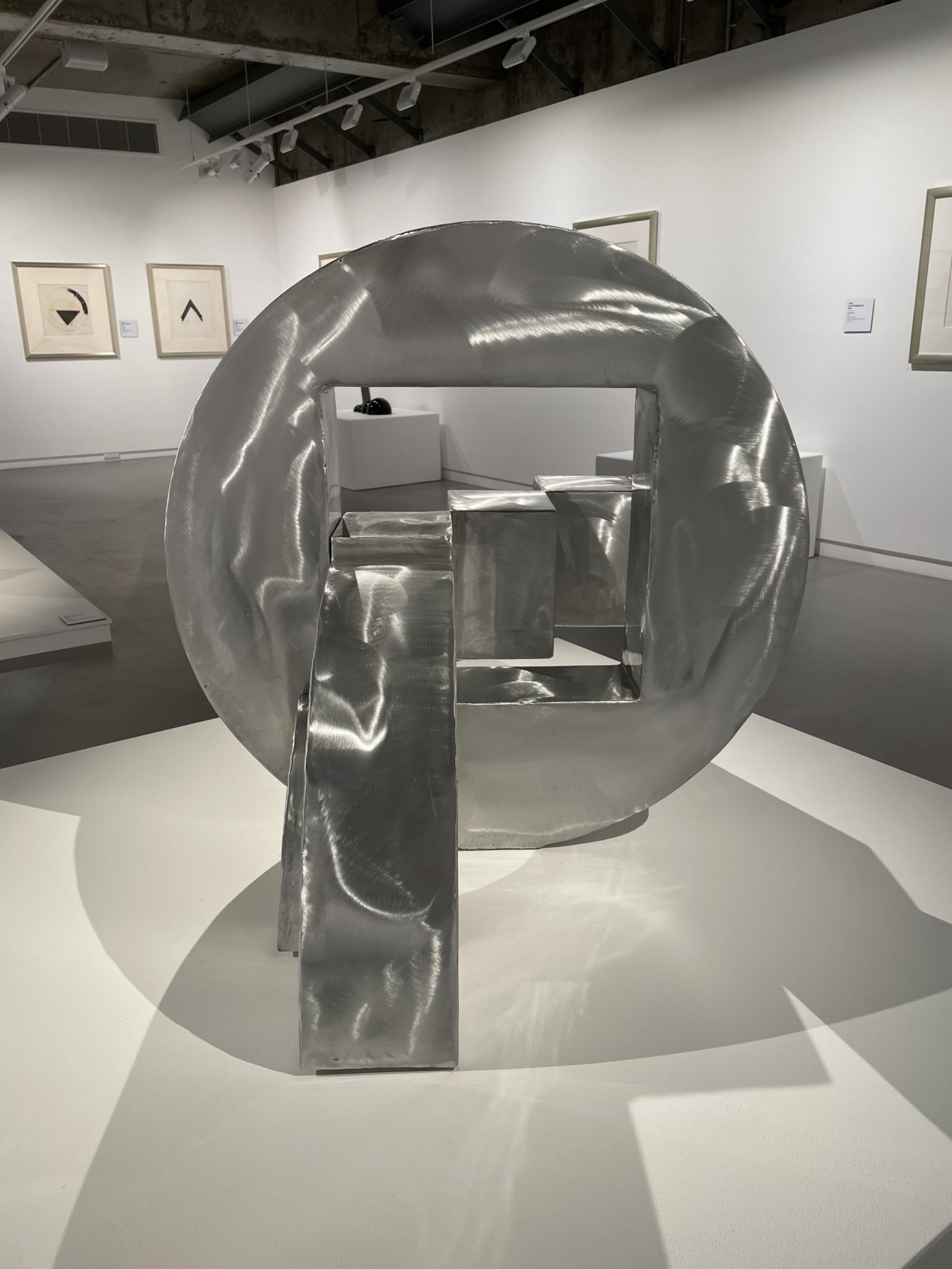
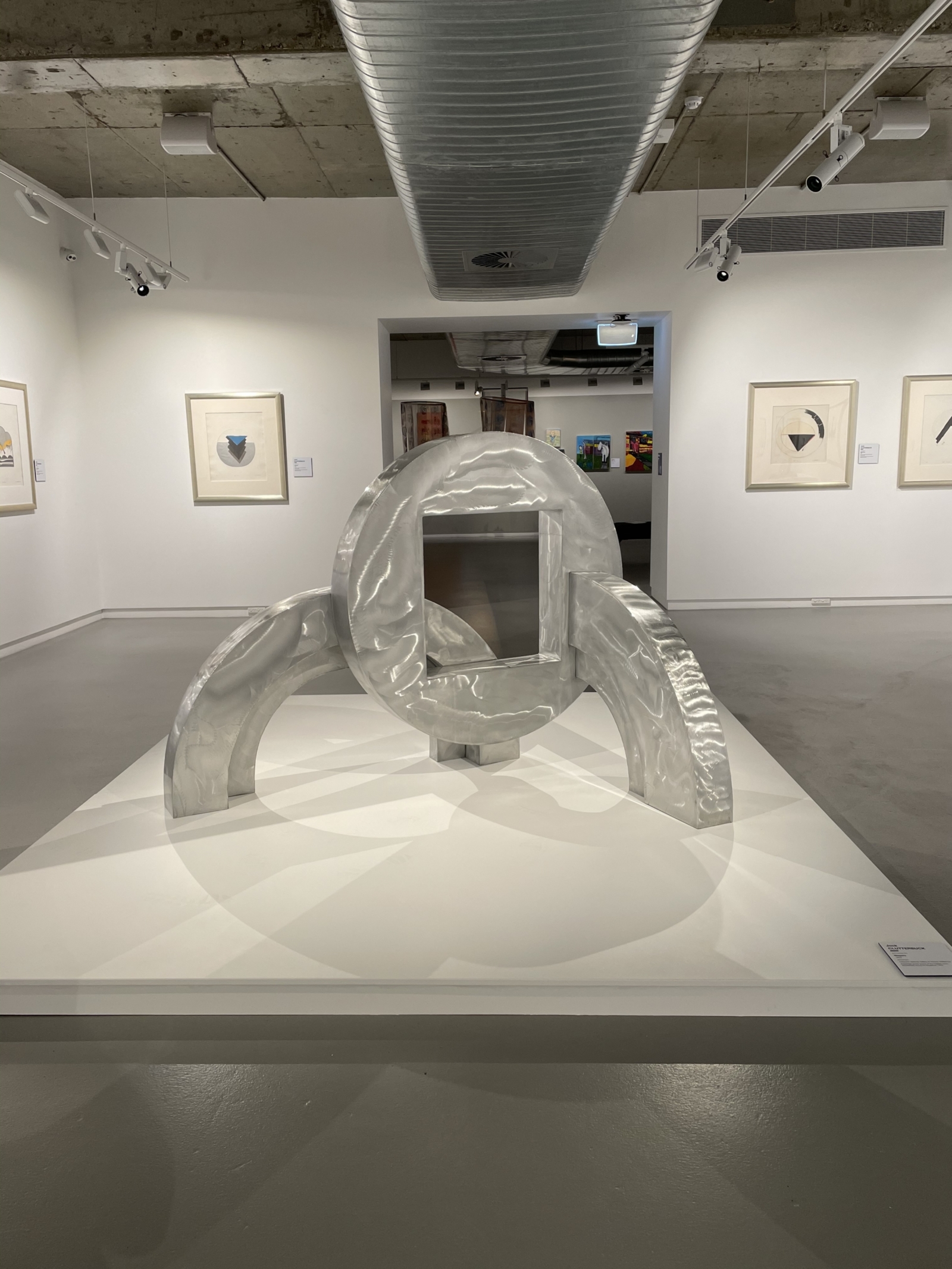
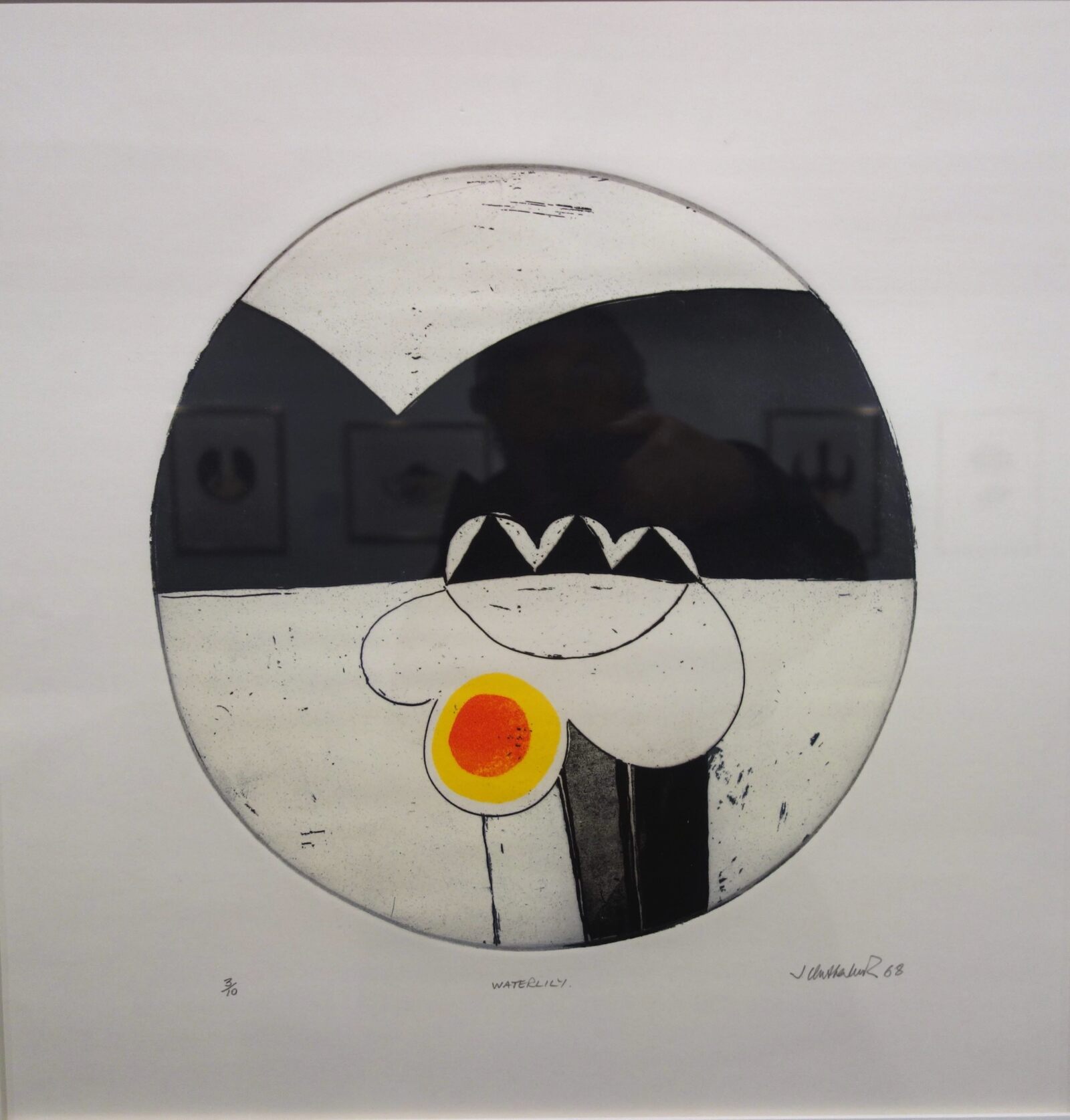
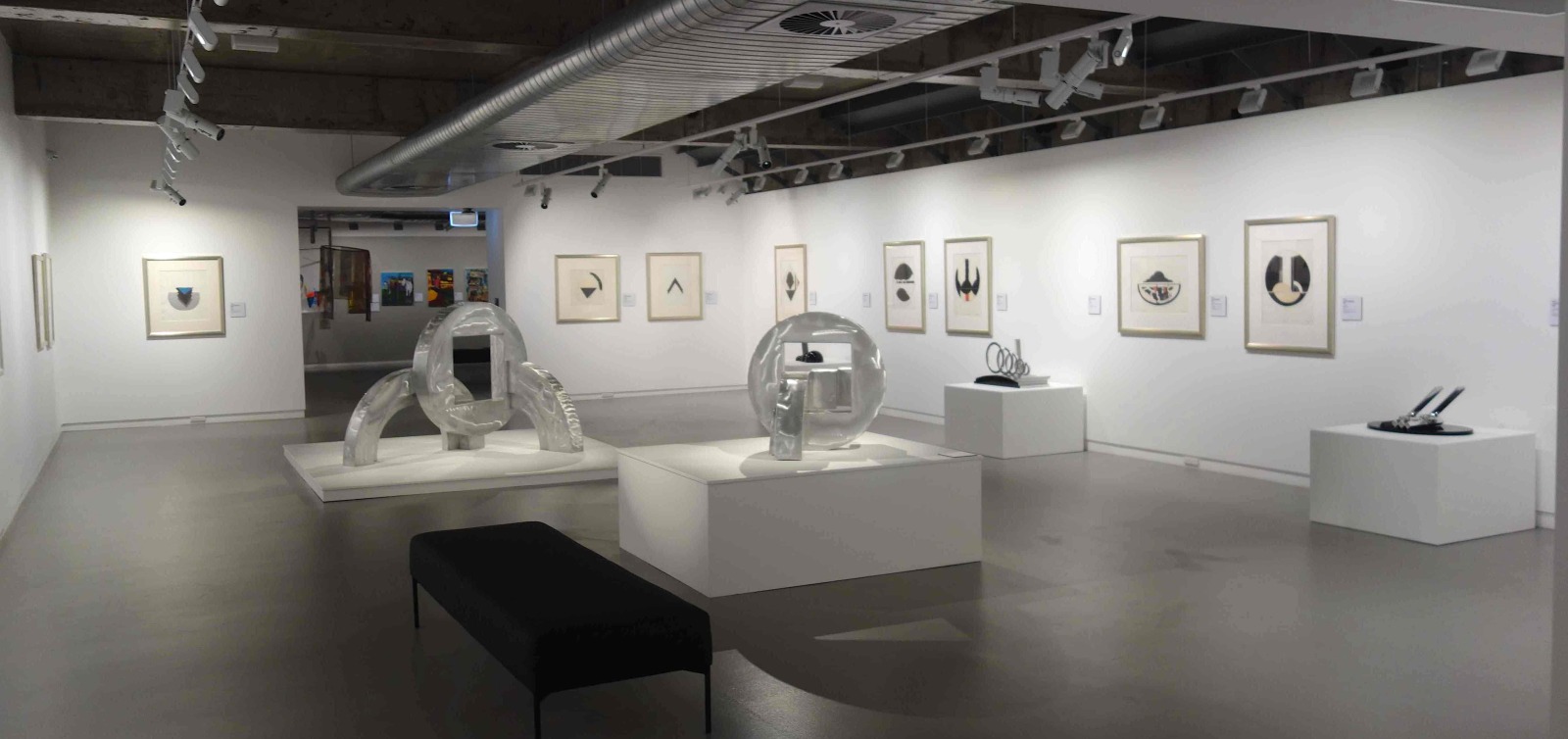
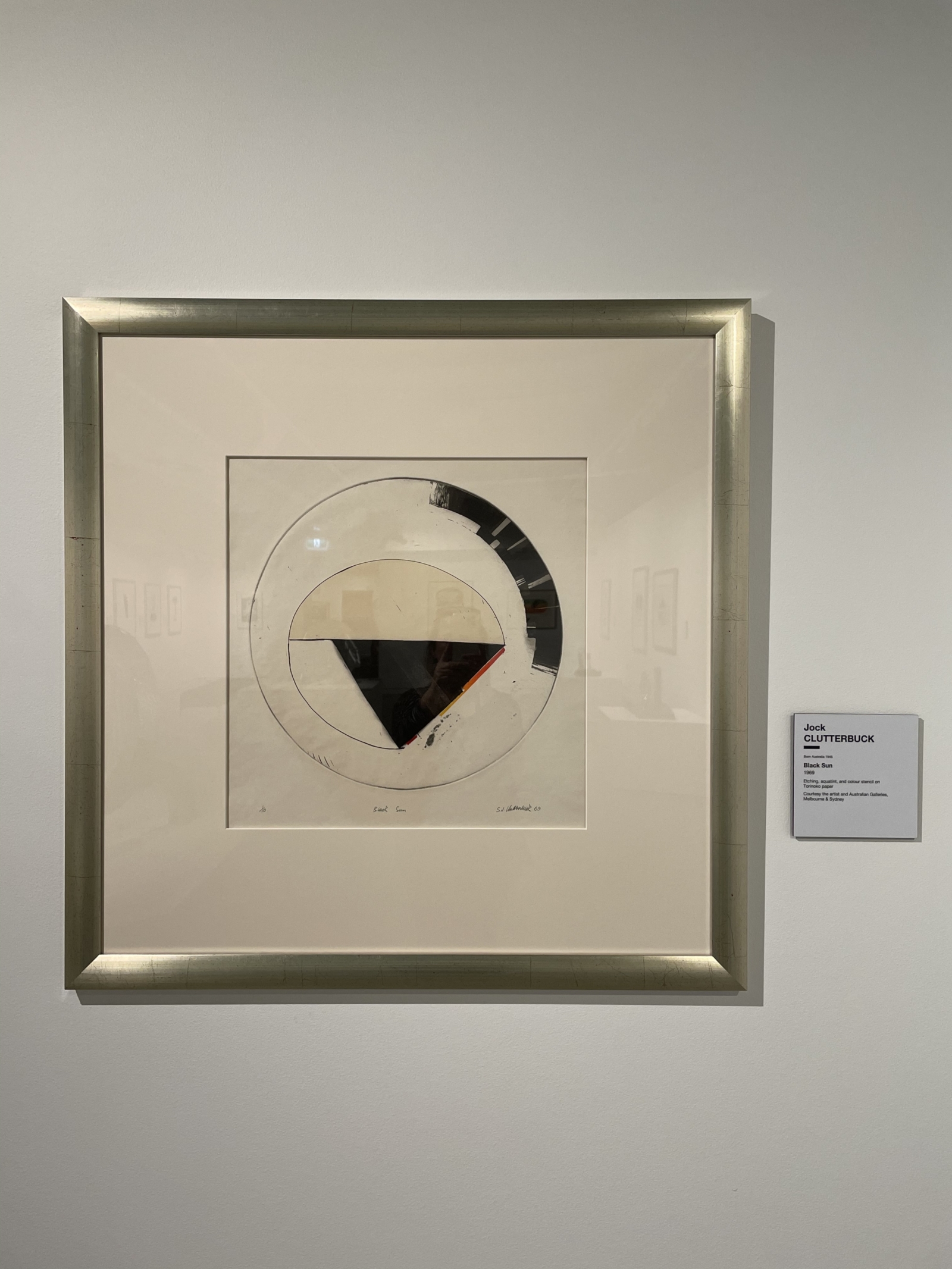
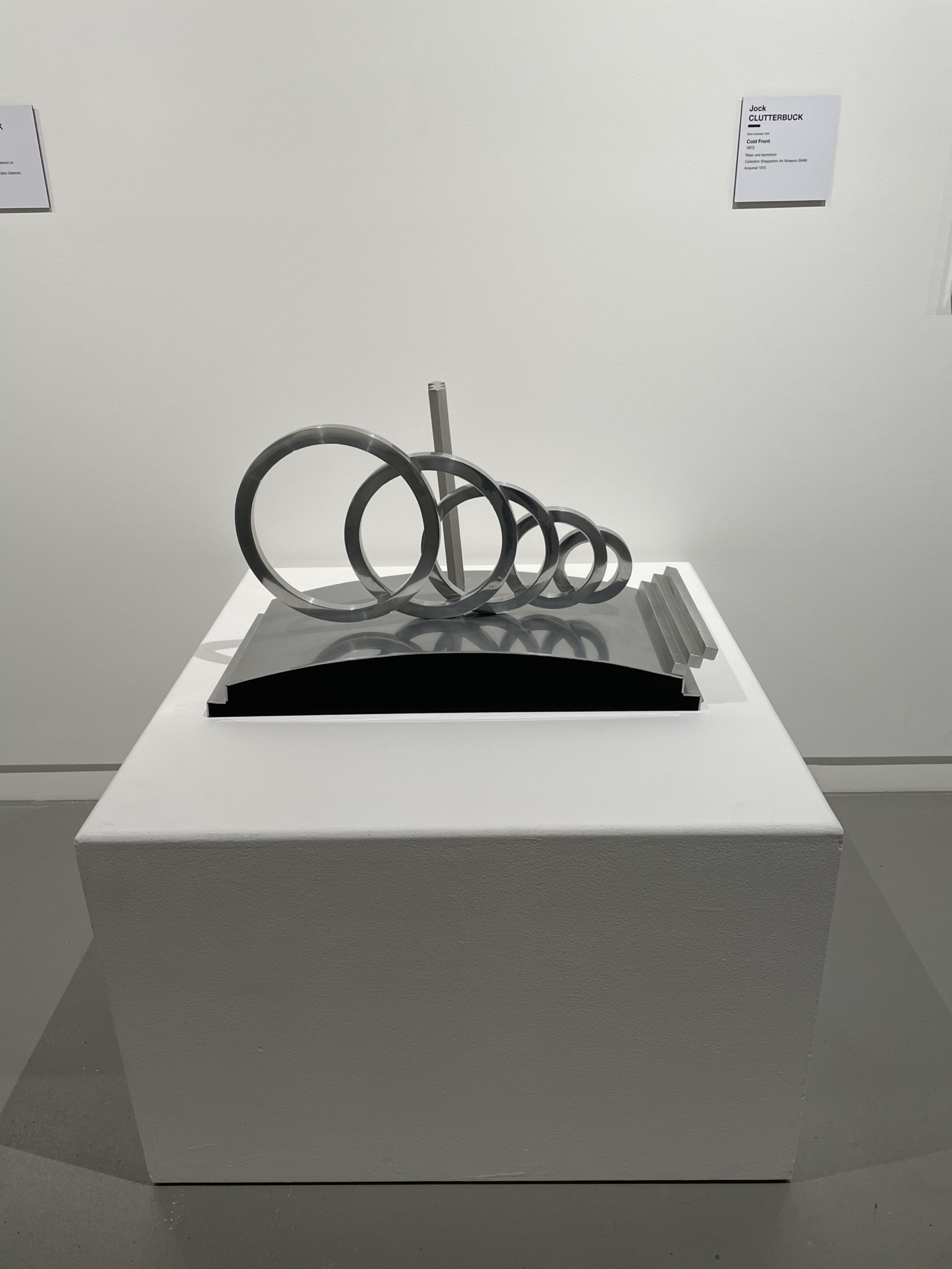
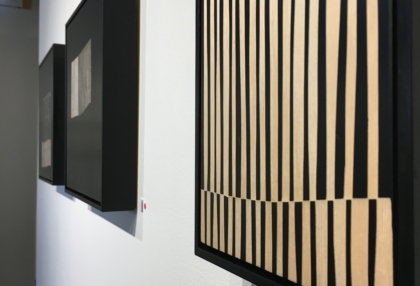
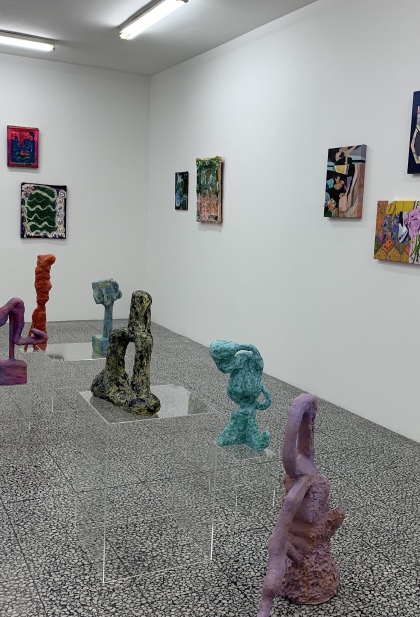
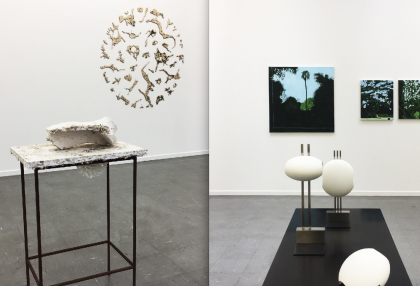
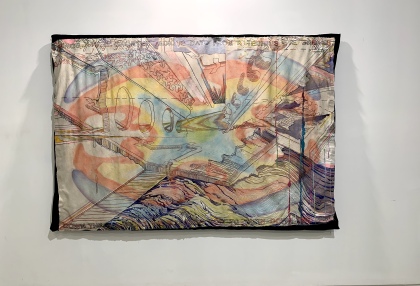
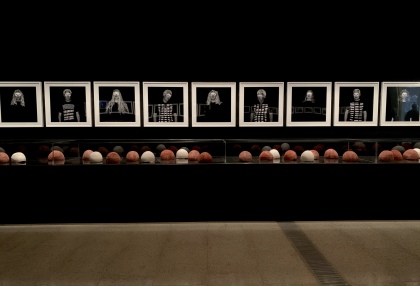
No Comments